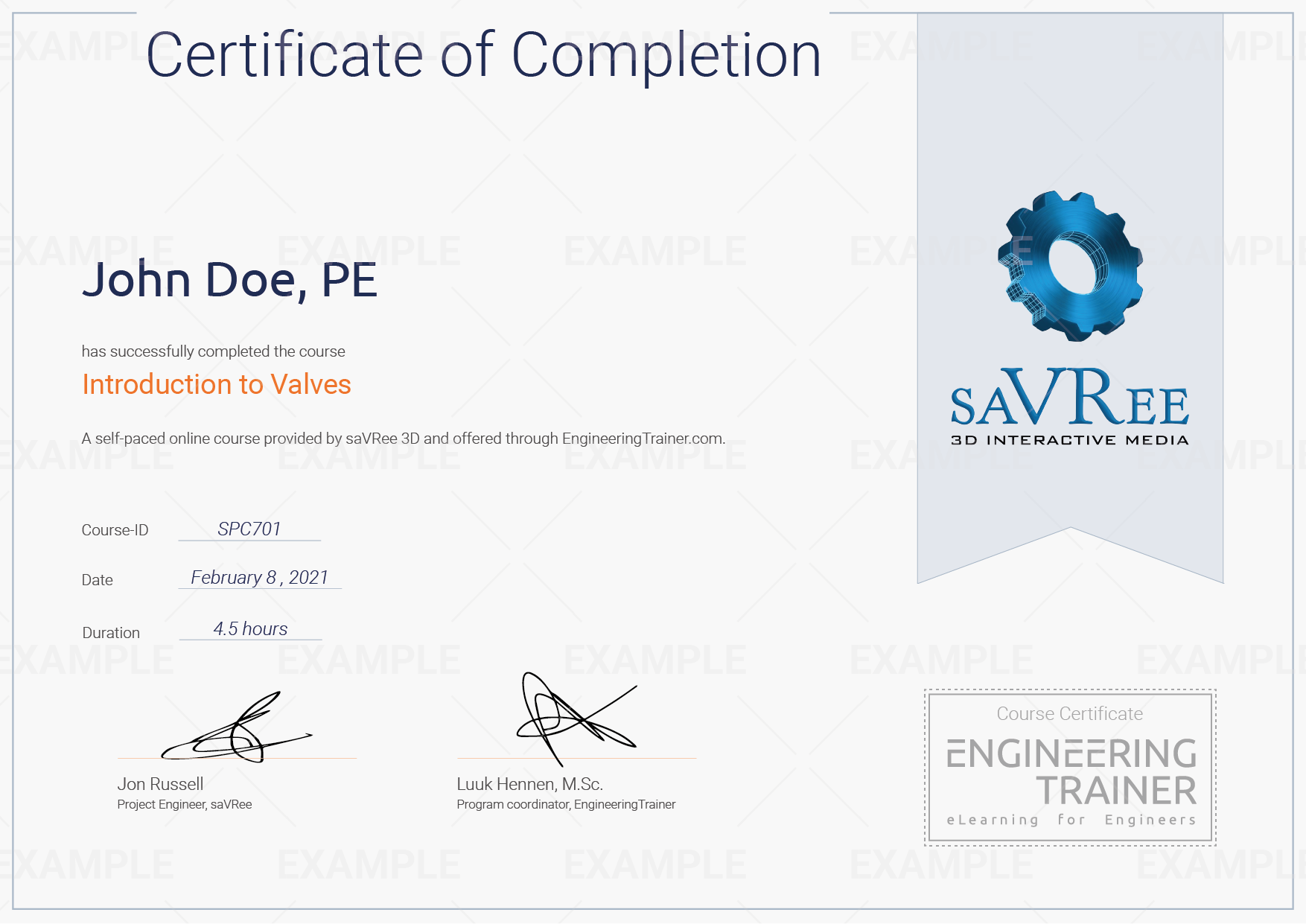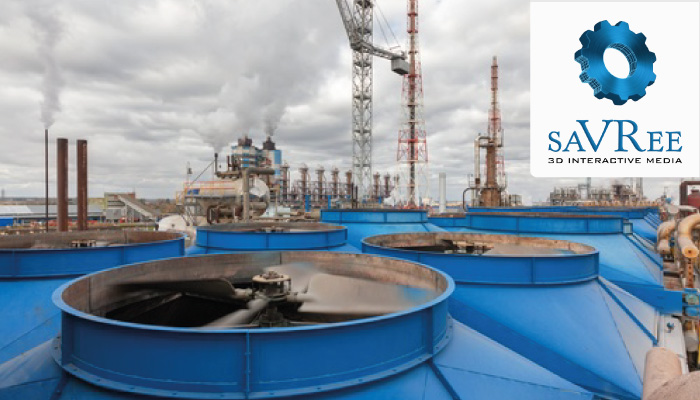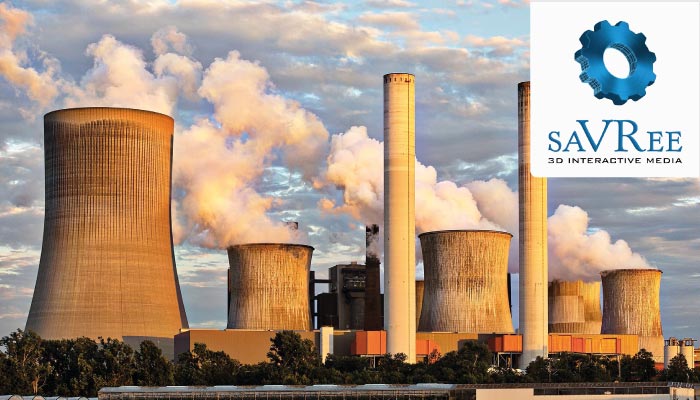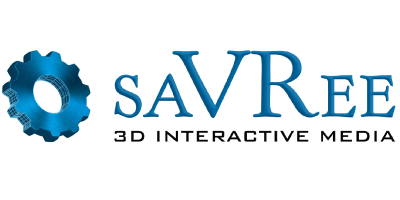Introduction to Cooling Towers
Part of bundle BUN700
Self-paced Course
9 modules
by saVRee
SPC705
Format:
On-demand
Part of the bundle Industrial Equipment I
This course can only be purchased as part of bundle BUN700
Course Objective
"To give professionals working with industrial systems a strong fundamental understanding of Cooling Towers and their use."
Learn from home
100% online training
Video Lectures by Experts
watch multiple times
Available 24/7
1-year unlimited access
PDH Hours qualified course
Read more here
About the course
Self-paced
9 modules
4 hrs of videos
English
1-yr access
SPC705
Cooling towers are a common sight at many industrial plants, commercial buildings, and public buildings. Skyscrapers, hospitals, office buildings, power stations, oil and gas plants, refineries, all need cooling towers. Irrespective of what engineering industry you work in, having a basic understanding of cooling towers will be relevant.
In this course, you will learn:
Cooling tower theory (sensible and latent heat etc.).
Common cooling tower nomenclature, components and terminology.
Common types of cooling tower (natural, forced and induced).
Common cooling tower designs (wet, dry, cross-flow, counter-flow, mechanical, natural, direct, indirect).
How cooling towers work (evaporative cooling etc.).
Common cooling tower and HVAC fan designs (axial, cross-flow, centrifugal etc.).
Water properties and their importance (pH, temperature etc.).
Common cooling tower concerns and problems (corrosion, scale, bacterial growth etc.).
Common methods used to address these concerns and problems (chemical treatment etc.).
Cooling tower protection (vibration, earthquake etc.).
The course is designed to take you from zero to hero concerning cooling tower knowledge. Even if you already have some background engineering knowledge, this course will serve as an efficient refresher. Whatever your level of understanding, or engineering background (mechanical engineering, HVAC, chemical engineering, oil & gas industry, power engineering, etc.), this course will provide you with a strong understanding of cooling towers and their details.
Meet your instructors
Program & Details
Welcome to the course
Your instructor
How to use this course
Personal Certificate requirements
Introduction to Cooling Towers
Cooling Tower Introduction
Cooling Tower Purpose
Cooling Tower Terminology
Cycles of Concentration
Practical Interpretation of COC
Latent and Sensible Heat
Evaporative Cooling
Dry and Wet Bulb Temperature
Relative Humidity
Stack Effect
Useful Cooling Tower Equations
Cooling Tower Components
Cooling Tower Categories
Wet and Dry Towers
Natural Draft Towers
Mechanical Draft Tower
Forced Draft and Induced Draft
Cross-Flow Towers
Counter Flow Towers
Direct Open Circuit
Indirect Closed Circuit
Induced, Forced & Natural Draft Summary
How Cooling Towers Work
Common Cooling Tower Designs
Forced Draft Cooling Towers
Induced Draft Counter Flow
Induced Draft Cross Flow
Natural Convection Cooling Towers
Natural Draft Counter Flow
Natural Draft Cross Flow
Useful Tower Component Notes
Cooling Tower Fans
Axial Fans
Centrifugal Fans
Cross-Flow Fans
Course Summary Thus Far
Water Properties
PH
Hardness
Alkalinity
Conductivity
Cooling Tower Concerns
Uneven Water Loading
Wall Water
In-Adequate Water Distribution
Corrosion
Scaling
Fouling
Microbiological Activity
Tower Water Treatment
Water Modelling
Green Chemical Programs
Automation
Filtration
Softening
Chemical Free
Water Reuse
Tower Protection
Tower Fire Risk
Tower Environmental Risks
Tower Collapse
Final Thoughts
Refresher Lesson: How Cooling Towers Work
Refresher Lesson: Cooling Tower Design
Congratulations
Course evaluation survey
Your Personal Certificate
Rate this course
Related resources & follow up
Results
After this course, you will...
Understand cooling tower theory (sensible and latent heat etc.) and how they work (evaporative cooling etc.).
Know common cooling tower nomenclature, components and terminology.
Know common types of cooling tower (natural, forced and induced) and cooling tower designs (wet, dry, cross-flow, counter-flow, mechanical, natural, direct, indirect).
Common cooling tower and HVAC fan designs (axial, cross-flow, centrifugal etc.).
Understand the associated water properties and their importance (pH, temperature etc.).
Know common cooling tower concerns and problems (corrosion, scale, bacterial growth etc.) and methods used to address these concerns and problems (chemical treatment etc.).
And much more!
Who should attend this course
This course is designed for industry professionals.
This course is beneficial for anyone in the Oil & Gas, HVAC, chemical engineering, mechanical engineering, or power engineering industries.
Prerequisites:
An engineering background is beneficial, but is not mandatory.
Level: Foundation
Access to the course.
After your purchase is confirmed you receive an account to the EngineeringTrainer online learning portal, where you find the course in your dashboard. After opening the course you will be guided step-by-step through the different modules. You receive 1-year unlimited access to the course. This allows you to perform modules again if this is beneficial for your work projects.
The course is mainly based on video content: video lectures and interactve 3D model video demonstrations. The course is packed with 2D images, 2D animations and 3D animations. Interactive 3D models are used extensively to show you exactly how valves and their components work. English subtitles are available and videos can be viewed as many times as desired. The video lectures help you to grasp the important technical concepts.
This course is self-paced and is not subject to specific dates. The course contains 9 modules with a total of 4 hours of content which can be performed at your own pace. A Personal Certificate will be provided to you if you finish the course within the first month after starting. This incentive will motivate you to perform the course quickly thereby improving your learning curve.
You receive 1-year unlimited access to all 9 modules. This allows you to perform modules again whenever you want to refresh knowledge for your daily work projects.
A personal digital certificate will be made available to participants based on the following requirement:
finish the course within the first month after starting. This incentive will motivate you to perform the course quickly thereby improving your learning curve.
Example Certificate:

FAQ
Video lectures
Video demonstrations
2D images, 2D animations and 3D animations
Interactive 3D models are used to show you each individual cooling tower component and several different cooling tower designs.
The majority of training material are videos. These are not available for download, but can be accessed directly with your account on the portal.
You receive 1-year unlimited access to the course. This allows you to watch content again if this is beneficial for your work projects.
We encourage participants to submit feedback and questions. These form the basis for new, future videos that will be added to the online course, but they will not be answered to the student directly.
Participants receive 1-year unlimited access to the course including new videos that are added during this year. Participants receive an email notification upon addition of new course videos.
No technical software is used in this course.
Yes, this course qualifies for PDH hours as per the NCEES CPC Guidelines.
Related Courses
Program & Details
Course Welcome
-
Welcome to the course
-
Your instructor
-
How to use this course
-
Personal Certificate requirements
Module 1: Valve Fundamentals
-
The purpose of using and actuated valve
-
Describing the application
-
Actuated on/off valves
-
Control valves
-
Self-actuating regulators
Module 2: Operation and Maintenance
-
Criticality
-
Lifecycle conditions
-
Maintainability
-
Maintenance strategies
-
Operational safely
-
Leak detection and repair
-
Failure Modes
Module 3: Overview of Valve Styles
-
The 2 fundamental construction types
-
Rotary motion valves
-
Linear motion valves
-
Variations
Module 4: Requistioning
-
Data/requisition sheet
-
Common aspects
-
Ingress protection
-
Electromagnetic compatibility
-
Hazardous areas
-
Type acceptance training
-
Inspection and test plan (ITP)
-
CE marking
Module 5: Actuated Valve Manufacturing
-
QA/ QC
-
Inspection and testing
-
Documentation
-
Painting
-
Acceptance testing
Final Notes
-
Congratulations
-
Course evaluation survey
-
Your Personal Certificate
-
Welcome to the course
-
Your instructor
-
How to use this course
-
Personal Certificate requirements
-
The purpose of using and actuated valve
-
Describing the application
-
Actuated on/off valves
-
Control valves
-
Self-actuating regulators
-
Criticality
-
Lifecycle conditions
-
Maintainability
-
Maintenance strategies
-
Operational safely
-
Leak detection and repair
-
Failure Modes
-
The 2 fundamental construction types
-
Rotary motion valves
-
Linear motion valves
-
Variations
-
Data/requisition sheet
-
Common aspects
-
Ingress protection
-
Electromagnetic compatibility
-
Hazardous areas
-
Type acceptance training
-
Inspection and test plan (ITP)
-
CE marking
-
QA/ QC
-
Inspection and testing
-
Documentation
-
Painting
-
Acceptance testing
-
Congratulations
-
Course evaluation survey
-
Your Personal Certificate












![[SPC708] Piping Flange Fundamentals](/web/image/203717/SPC708-course-image.minAI-%28379x216%29-logo-v1.jpg?access_token=5af594be-b59b-439b-a06a-4868aa3949cd)
